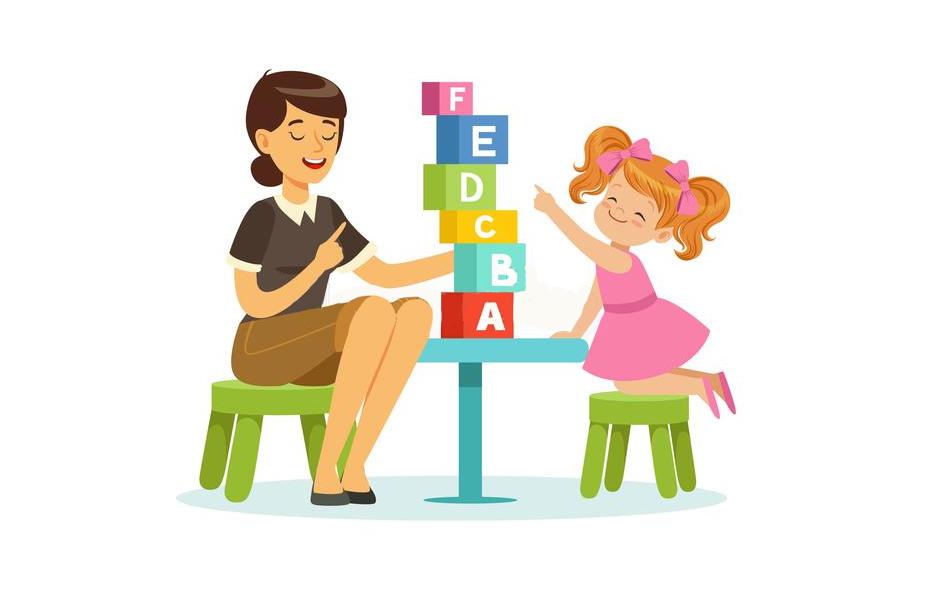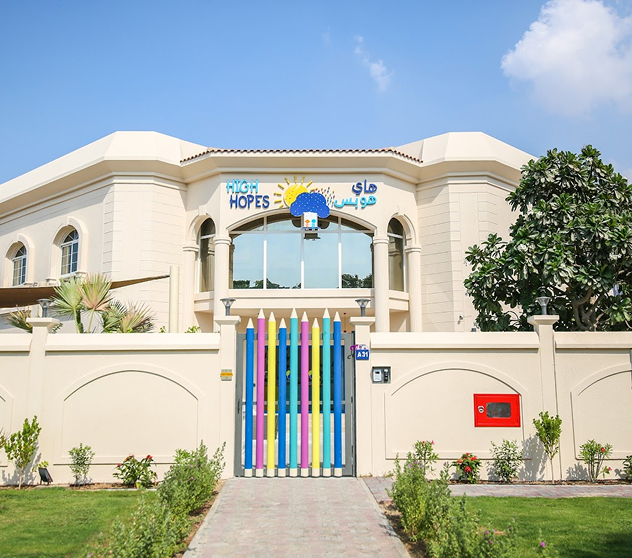Is it a good approach to improve the performance of children with cerebral palsy and other neurological conditions?
A major concern in planning for the rehabilitation of children with non-progressive neurological conditions such as cerebral palsy is determining the intensity level of the intervention required to achieve the set therapeutic goals and promote significant changes in functional performance.
The traditional model of physical therapy for children with non-progressive neurological conditions typically involves 1 to 2 sessions per week, where therapists can design a home program to generalize trained skills into daily life.
An alternative to this model is delivering short bursts of a daily intensive therapeutic intervention, for several hours per day, for 3 to 4 weeks, followed by a long period of typical routine or a discontinuation of the treatment.
The differences between these rehabilitation programs relate mainly to motor learning and muscle conditioning, as well as family routine and socioeconomic and environmental factors.
Great efforts have been made by rehabilitation researchers to verify the effectiveness of these models. Recently, Hsu et al. (2019) reported that increasing the duration of daily training in therapeutic intervention improved outcomes among children. This is the Intensive Training Program.
What is an Intensive Training Program?
Some researchers define Intensive Training as a “higher dose of daily training”. Several aspects should be considered before planning an Intensive Training Program. The design of this program should reflect the different domains defined by the International Classification of Functioning, Disability and Health (ICF) Model (WHO, 2001), where multiple factors are considered: Family characteristics; child characteristics (e.g., age, level of severity, comorbidities, readiness to change, preferences); plastic changes in bone, muscle, and brain; motor skill acquisition; and community access.
A successful Intensive Training Program for children with non-progressive neurological conditions should include the following fundamentals:
- Progressive load, in which stimulation and rest periods are designed to promote muscle physiology and brain pathway adaptation while avoiding the fatigue;
- Individualization, which means that treatment should be planned according to each child’s demands;
- Specificity, where specific, clear and measurable functional goals are defined;
- Disuse of abnormal movement patterns to enhance functional skills. However, care should be taken to ensure that these skills are always implemented into the child’s daily routine so they do not fall into disuse as well;
- Difficult/Easy, an appropriate workload in which the proposed activities are neither too difficult to avoid frustrating the child nor too easy to accomplish since it cannot lead to any change in the motor behavior; and,
- Periodicity of training should be intense but not excessive in order to produce functional changes without causing fatigue. Also, the skills achieved through Intensive Training Program should be incorporated into the child’s daily routine activities to further encourage the changes. (Koscielny, 2004).
As described in several protocols in the literature (Hsu et al., 2019), Intensive Training Programs usually involve 1 to 4 hours of daily training, with a frequency of 5 days a week over one month.
When the treatment program is well-planned and all fundamentals are respected, it can promote significant functional changes without causing fatigue.
To achieve the pre-defined goals, a multidisciplinary approach is sometimes necessary. Thus, an Intensive Training Program may either involve only one speciality or combine sessions of Physical Therapy, Occupational Therapy, Speech and Language Therapy, Hydrotherapy, Psychology, and Vision Intervention.
For whom is this Intensive Program indicated? When is it indicated for the child to do an Intensive Program?
All children with non-progressive neurological conditions who have adequate body weight and healthy cardiorespiratory functions are eligible for this therapeutic approach. Children with epilepsy whose seizures are well-controlled can also benefit from this training.
There have not been adequate reports in the literature about the most appropriate time of day to follow an Intensive Program. However, based on our clinical experience, the best time is during the ‘windows of opportunity’, when the child is most likely to learn and change her/his motor behavior. This “window” depends on the age and general health conditions of the child as well as the observations of therapists and parents regarding her/his alertness and interaction. It also depends on the child’s history of demonstrating improvements in the quantity or quality of skills presented to her/him in a short period.
Furthermore, it is important that the child is able to rest for 20 to 24 hours after the session. This is necessary to fix neurological pathways and to prepare the child’s body to the next stimuli day.
What to expect from an Intensive Program?
Based on our clinical experience and on the literature (Christy et al., 2010), the Intensive Program Training requires an important commitment from the child’s family in terms of routine changes within a short period. However, this program leads to a rapid development of specific skills and improvement of motor abilities (Park, 2016).
Although the literature on the maintenance of the outcomes of the Intensive Program is rather inconclusive, experts’ experience suggests that the likelihood of maintaining gains depends on such factors as the formation and reinforcement of neurological pathways, as well as muscle conditioning to maintain the learned skills. Ceasing stimulation, or very long rest periods, will result in the loss of the skills gained from the Intensive Training Program. Therefore, a home program applied by the parents and caregivers is highly recommended, wherein different exercises are implemented to repeat and generalize motor skills during the activities of daily living.
It is worthwhile to conduct an Intensive Training Program periodically to provide better motor skills development for children with non-progressive neurological conditions.
If you want to know more about Intensive Training Programs, please schedule an appointment with us and we will be happy to meet you and answer your questions.




